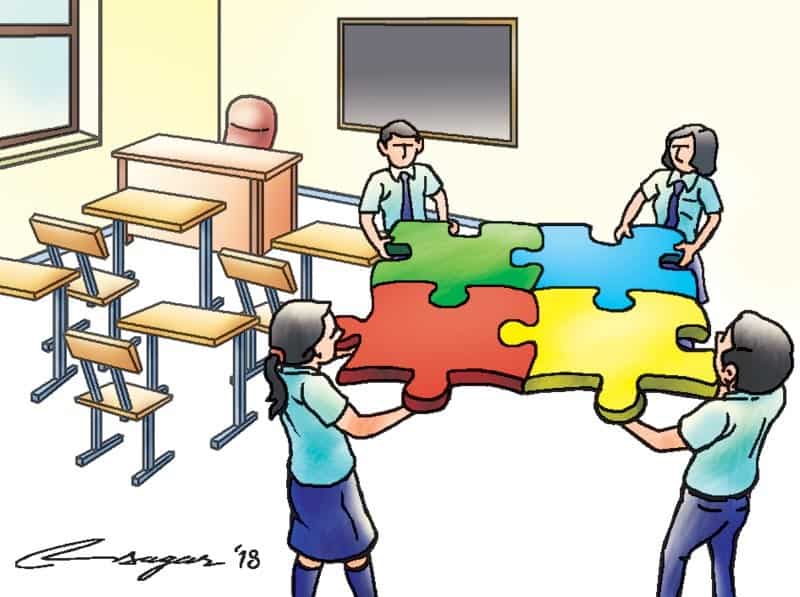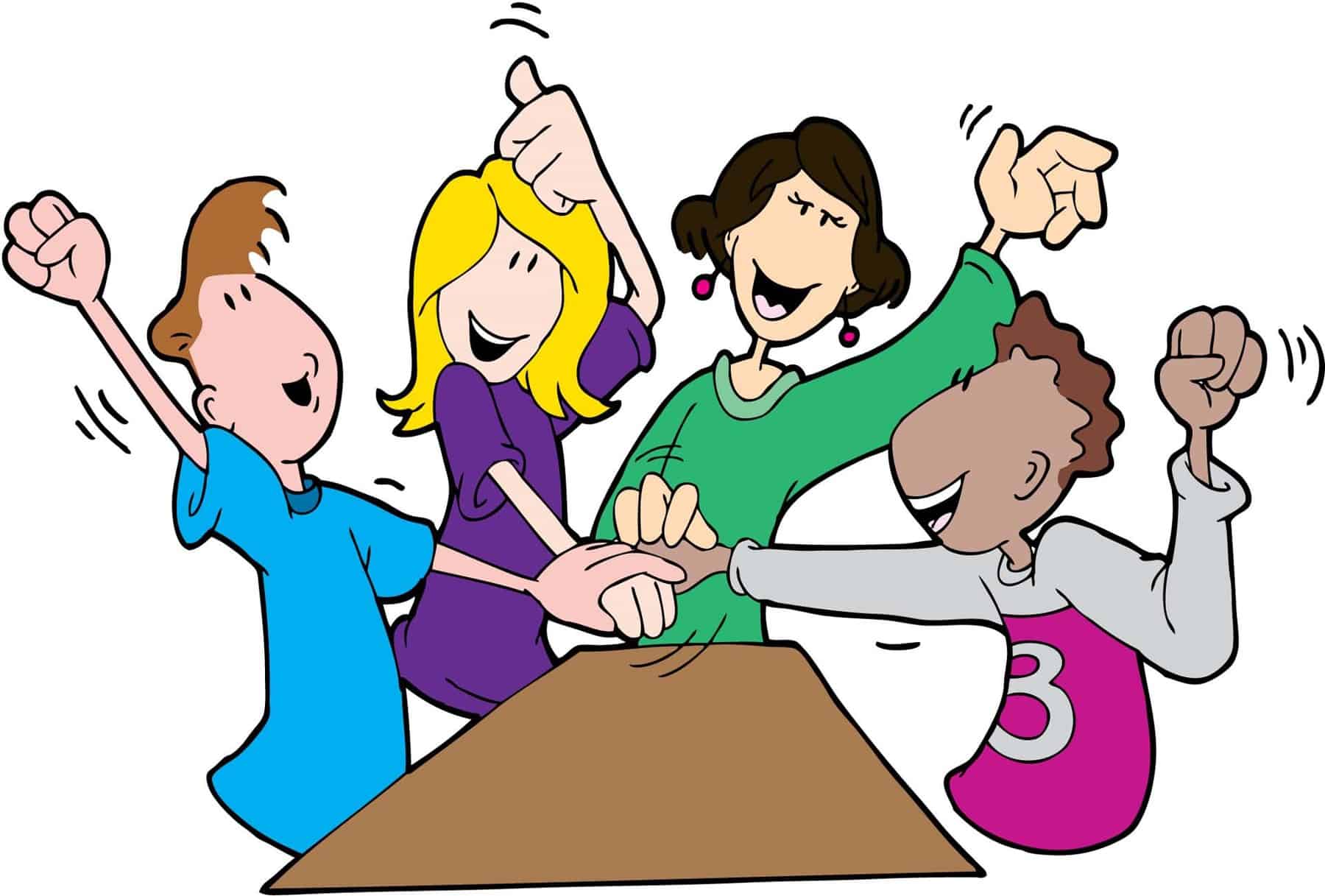by Kayode Alowu, Group Director, Colegio Anglo Colombiano
"In cooperative learning, you have a purposeful, meaningful, and authentic context in which children can sharpen their communicative skills." — Lillian Katz
Cooperative Learning, also known as small-group learning, is a student-centered learning method where teachers create mixed-ability groups to enhance understanding. A research-based teaching approach, cooperative learning was first introduced by education reformer John Dewey. Many educators used the approach in schools that were racially integrated, but where the classrooms were not.
One of the powerful outcomes from cooperative learning is that each student develops their social skills as they face a ‘real world’ situation of interacting with others in a team setting. This concept is based on positive inter-dependence where groups ‘sink or swim’ together while, at the same time, higher level thinking skills and meta-cognitive abilities are developed for individual student. Research has shown that the deal size is four students. When selecting groups, teachers should ensure a range of abilities and to forestall off-task behaviour. Time and effort are needed to get groups formed and functioning effectively.

Why Use Cooperative Learning
Research has shown that cooperative learning techniques:
- Promote Student learning and academic achievement
- Increase student retention
- Enhance student satisfaction with their learning experience
- Help students develop skills in oral communication
- Develop students’ social skills
- Promote student self-esteem
- Help to promote positive race relations.

The crux of Cooperative learning is team processing. The tasks a teacher sets will allow groups to work intensively on selected material, sharing ideas and assisting each other to come to grips with the details as they work together to process information and develop a team report. Roles such as organizer, recorder, participation checker, materials person, timekeeper and encourager are given at the start of a session to ensure that the group will be well organized and effective. The role of reporter is not given until the activity is complete so that everybody must be fully prepared to present on behalf of the group. Group reports can be given either to the class or to another group in oral and visual form. It is suggested that up to 60% of class work could be done using team processing.

Some Rules for Cooperative Group Work
- The teacher chooses the groups
- The number of Student per group is 4-6 students maximum, but 4 per group is the most desirable
- Students sit face to face. Students are taught and reminded of the skills they will need to use to do the activities e.g.
- All students are assigned roles randomly by the teacher, Leader, Recorder, Encourager and Collector.
- The reporter from the group is chosen by the teacher just before the group is due to report back to the class
- Realistic time limits are given for the activities and this is actively monitored by the teacher and the time keeping student in each group.
- The activity is clear and is related to the learning outcome.
- The teacher activity monitors groups to check they are on task and participating well in the activity
Cooperative groups should not be confused with traditional groups where students sit together but are not wholly involved in team processing. The classroom needs to be set up for cooperative learning so that group members sit face to face. While the teacher is not directing activities from center stage, s/he facilities the learning of all the class members through effective observation and monitoring of activities Cooperative Learning is centered on the concept of the strategic classroom. Sound planning is needed to set the conditions for learning. The period should commence with the desired learning outcome and this is reviewed at the completion of the learning activities when the class look towards their next steps - ‘Where to next’.
Additional Resources
[box] FariaPD supports teachers and leaders around the world with hands-on, active and creative professional development experiences. Join one of our online or in-person professional development events, each designed to support the unique goals of your school or district. FariaPD is part of Faria Education Group, an international education company that provides services and systems for schools around the world including ManageBac, a curriculum-first learning platform, OpenApply, an online admissions service, and Atlas, a tailored curriculum management solution for schools. [/box]


